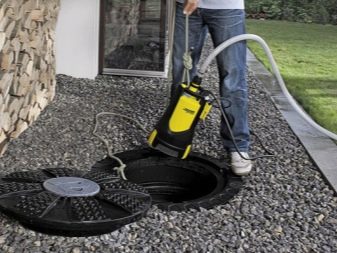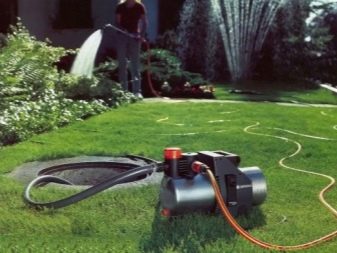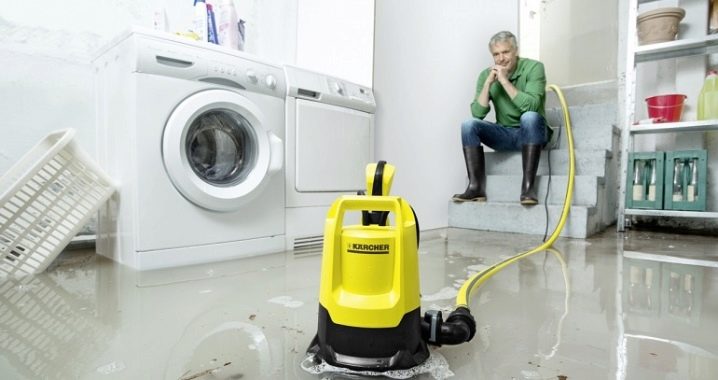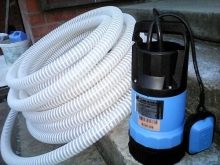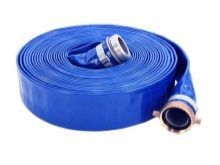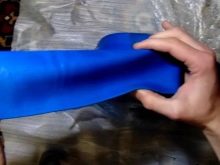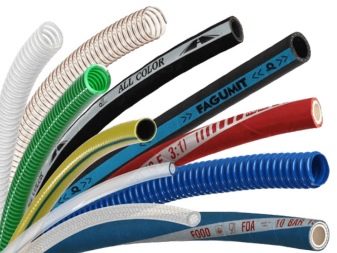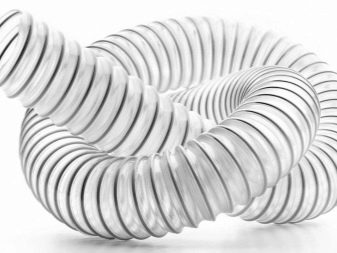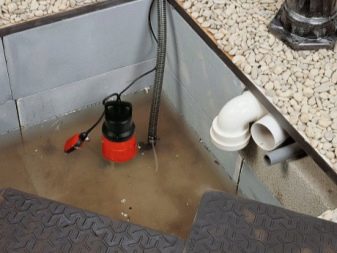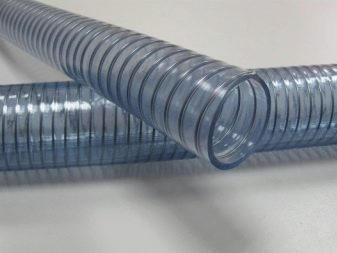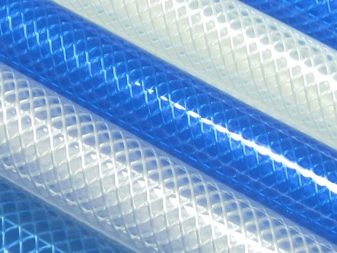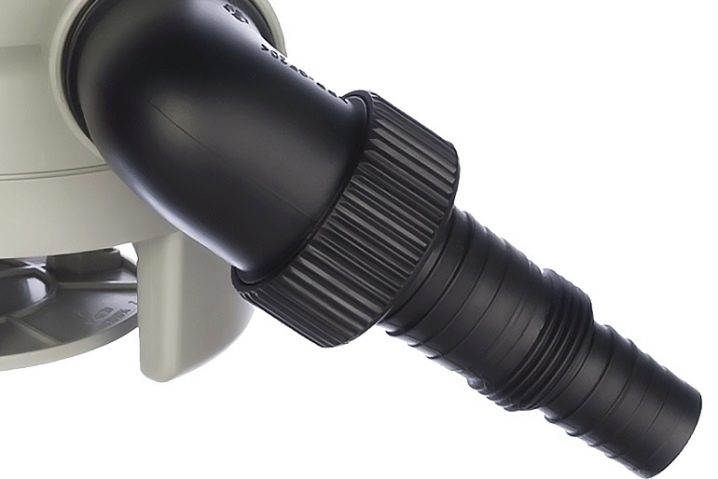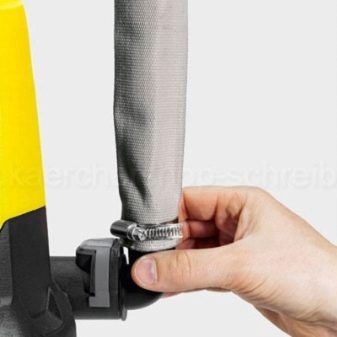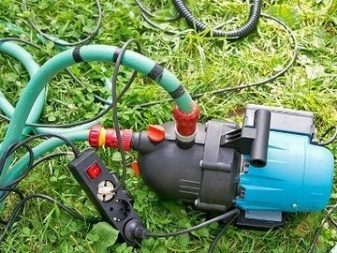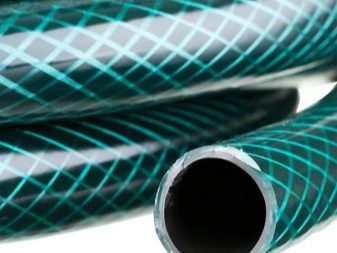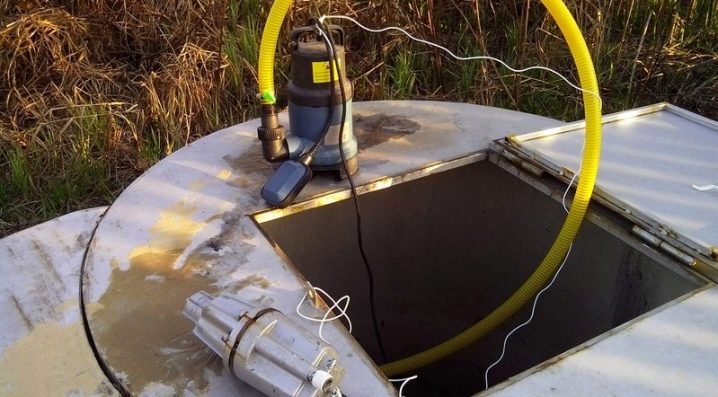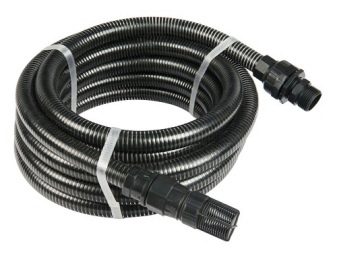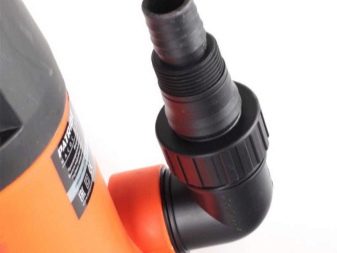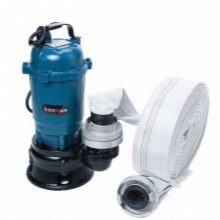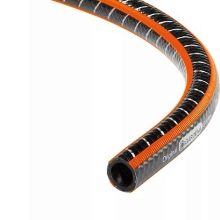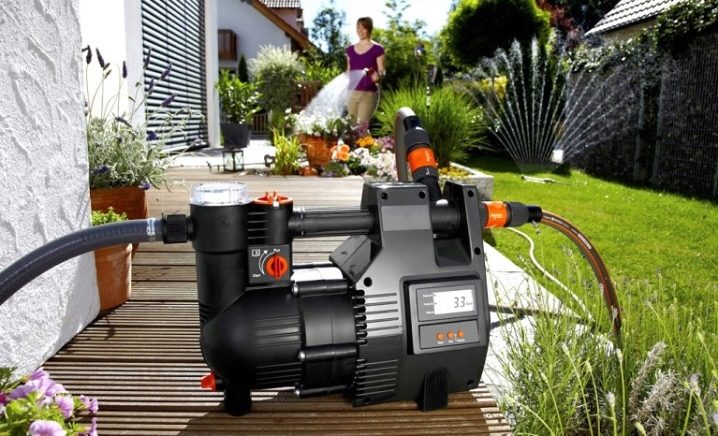How to choose the right hose for the drainage pump?
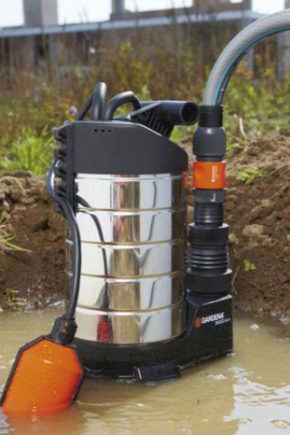
Drainage pumps have a specific design that is unlike any other type. The selection and further application of the hose to the drain pump is an extremely important and important aspect of its use.
Special features
If it became necessary to purchase a drainage pump, then this equipment would also need a hose, for example, 2 inches. It is necessary to approach the choice of a hose for the drainage pump with special attention. Its service life depends on many parameters. The hoses supplied with the pump are not of particular quality.
They may be too short and do not meet the requirements that are necessary.And also you should check the compatibility of the hose and the seat on the equipment. For fixing it is necessary to use transition nipples or clamps.
Many consumers are not particularly thinking about the proper selection of sleeves for the drainage pump. They simply act as indicated in the instructions for this equipment, buying at their discretion.
But this approach to the question is completely wrong, since the same pump can be used for different purposes, therefore the hoses should be different.
This product for a drainage pump must meet the following requirements:
- have a reinforced structure;
- be made of steel or rubber;
- to be equipped with check valves and filter elements;
- withstand high working pressure;
- be operated in a temperature range from -11 to +49 degrees.
A drainage pump hose designed for pumping out liquid is suction operated. It is used for pumping all kinds of impurities. Basically, hoses are used for pumping out various liquids and contain specialized reinforcement, thanks to which they do not get tangled and do not break out during further use.
This is very important when working, as any fracture will impede the intake of fluid and will not allow it to move on. The hose for the drainage pump is available in diameters such as 32, 38, 40 and 50 mm.
They are suction, fecal and vacuum type, as well as canvas options.
Kinds
For pumping equipment, hoses of conventional and reinforced construction are used, allowing uninterrupted pump operation.
Most often when using the drainage pump several types of hoses are used.
- Usual - This is the easiest option. Rubber and silicone materials are used for its manufacture. This product has good strength and resistance to deformation. Low frost resistance of the material does not allow it to be used at sub-zero temperatures. Its capacity is 150–250 l / min.
- Silicone. The material from which the hose is made is chemically inert, odorless. It is characterized by ease of use, which determines the long term of its use. But still, a high predisposition to deformations and its low rigidity are the criteria that reduce the competitiveness of this product.On this basis, this product is recommended to be used only in the spring and summer period.
- Polyvinyl chloride. This type is used to supply drinking water. At minus temperatures, it exhibits better qualities than silicone hoses. However, there is still a considerable possibility that it may burst in places of bending when exposed to severe frosts.
PVC (polyvinyl chloride) has greater stiffness than silicone, due to which it has the ability to resist compression when the internal pressure drops.
- Reinforced. The structure of this type of hose includes a reinforcing layer, which is made of thin fiberglass. The grid of this material is between two layers of the main fiber. This option is the most popular because, thanks to the use of unique technologies, it has very high technical parameters.
- Corrugated - This is a type of reinforced product. The principle of the structure of this product is laid metal spiral, dividing into small sectors, which increase the flexibility of the product. It is distinguished by its low cost, practicality and ease of use, intended for the supply of drinking water. Corrugated hose varies in severity: lightweight, medium and heavy.Lightweight hose is used for drinking wells, medium and heavy forms are intended primarily for drainage facilities. The hoses, which are designed for drainage pump characteristics, provide reliable and efficient pumping of dirty liquid and wastewater.
How to connect?
All operating characteristics of the drainage pump are indicated in the technical data sheet. In this regard, when buying the required hose, you need to consider the type and design features of the pump. And also it is recommended not to forget for what purpose it is purchased. In order not to be mistaken in choosing a drainage hose, for example, DN 25 for a pump, it is necessary to decide what type of work will be carried out.
For immersed suitable for two types of installation: fixed and mobile. The diameter of the sleeve depends on the inlet. Most often, drainage pumps have a hose diameter of 1-4 inches. It is necessary to follow the rule: the wider the clearance, the less the possibility of contamination of the inlet.
First of all, in the choice of equipment, the priority is the volume of wastewater and the required pump capacity.
Do not save on quality. High quality and properly selected parameters and properties of the hose only increase the duration of its operation. It is worth paying special attention to the additional parts that are necessary for its installation: a flexible pipe, fitting, mounting clamps and other parts.
All these elements should also be of good quality. To produce a drain hose is connected directly to the pump. Through it all the water is pumped out of the object that needs to be drained. With the help of a drainage pump, you can quickly pump out stagnant water from a flooded object.
To take into account all aspects of proper installation, it is necessary to accurately determine the necessary parameters of the pump inlet and outlet pipes, and then select the necessary hose for it. Only after that the system will function smoothly. It is worth noting that each drainage unit is equipped with a large diameter outlet pipe, which does not allow you to connect to it the usual hose.
Given this fact, one should purchase a suitable hose diameter with the pump. The issue of length depends on the particular pump to be used.
There are several types of drainage pumps. Some models have the ability to dive quite deeply, while others, on the contrary, do not dive deeper than a few meters. For example, if the selected equipment maintains a depth of no more than 5–6 meters, then in this case the length of the drainage cable should correspond to the pump’s immersion depth, plus the distance to the point to which the water should be pumped. This parameter also affects the power of pumping equipment. The deeper the water intake, the higher the pressure is created in the system, for which the drainage hose must be calculated.
Drainage is laid at an angle of 5 degrees from the water intake point to the apartment building. At the same time, deflections and sagging of the structure should be avoided, which will protect against possible freezing due to liquid runoff during operation in the winter period. The main parameter that the hose must have is rigidity. When the internal pressure drops, the hose for the drain pump must remain in a stable condition and be resistant to compression. These properties are achieved by reinforcing, corrugating and increasing the internal thickness of the product wall.
Tips
To choose the right hose for the drainage pump, you should follow the advice of experts.
- All pumps need additional equipment in the form of hoses. The criteria for the selection of outlet hoses are affected by the operating temperature, air pressure, which the hose can withstand without damage to the surface, the diameter of the tube rupture, rigidity and material of manufacture.
- You should not get the cheapest, low-quality hoses, it is better to immediately buy a good reinforced with thick walls, since the main parameters are: frost resistance, rigidity and safety.
- Drainage pumps are used for pumping sewage and sewage systems, so the best solution would be to purchase rigid hoses that will withstand heavy loads and pressures. The best choice is one of the types that contain reinforcement. If more to understand the question of choosing this device, then, perhaps, rubber reinforced hose - this is the best choice for a drainage pump.
- The main thing - do not confuse rubber hoses with low-quality plastic, since the latter are quite inconvenient to use.They tend to burst from the frost, as well as they are difficult to connect to the pump nozzle.
- Hoses reinforced with an internal spiral of steel are considered the most wear-resistant and long-term in terms of their use. They are resistant to sudden changes in internal pressure and the effects of metal salts.
- With the right choice and installation of a drainage hose, difficulties with its use and quality of work will not arise.
- It is not the internal pressure that depends on the diameter of the hose, but its throughput. At the outlet fitting, you can choose any adapter.
- The length of the hose is mainly selected on the basis of the entire area coverage. He should reach all the right angles of the plot.
- Reinforced hoses are designed for a fairly long service life, which can reach up to 20 years with proper use.
- To ensure the fixation of the pipeline, you can construct a stationary box made of wood or put a drainage hose in a plastic pipe that is much larger in diameter. To provide him with a bias, you need to adjust the supports under the pipe.
Before buying a drainage hose, it is necessary to study the basic requirements for the product: rigidity, frost resistance, the material from which it is made.
Under no circumstances should a hose designed to supply water with pressure drops be deformed.Manufacturers give products stiffness using various techniques - they increase wall thickness, crimp, reinforce, and so on. Products that do not meet these standards should not be given time.
To carry out a secure transaction, it is necessary to buy all of the fasteners and transitional components only at specialized outlets or directly from suppliers. This will provide a guarantee that a truly high-quality and proven product is used, which will not create any problems during its operation.
In the next video, you will be able to take a closer look at the Ø 50 mm PVC drainage hose.
